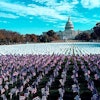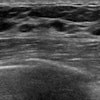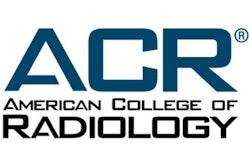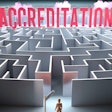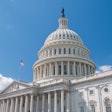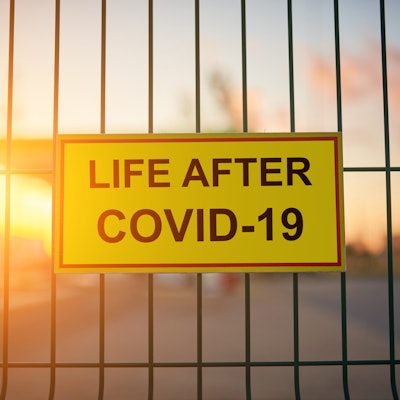
All radiology practice types have been dramatically affected by the COVID-19 pandemic, according to a panel of radiology practice leaders. The panel's insights were published June 15 in the Journal of the American College of Radiology.
The American College of Radiology (ACR)'s Commission on General, Small, Emergency and/or Rural Practice (GSER) held a webinar on May 5 to explore the effect of the COVID-19 pandemic on different types of radiology practices and how those practices might plan for resuming services, wrote a team led by Dr. Andrew Moriarty of Advanced Radiology Services in Grand Rapids, MI.
Webinar panelists addressed the following topics regarding radiology practices' return to service after the pandemic:
- Current recruitment efforts and plans to expand service would be paused or reconsidered as practices try to anticipate future volumes and scenarios of recovery.
- Exam volume losses during the pandemic were due to deferral of imaging procedures and stay-at-home orders across the U.S. Panelists expressed uncertainty about the timing and rate of restarting outpatient and elective imaging.
- The panel was mixed on the impact of COVID-19 on radiology consolidation and corporatization, with some practices reconsidering whether to continue independently. Some practices reported financial losses due to reduced exam volumes of 80%.
- All panelists agreed that remote reading services will increase after the pandemic.
- All panelists also agreed that it has been difficult to understand and apply for federal aid during the pandemic.
"All radiology practice types have been significantly impacted by the COVID-19 pandemic," Moriarty and colleagues concluded. "[Practice leaders] highlight the need to safely and effectively resume imaging services based on local conditions, while simultaneously developing contingency plans for potential future forced imaging reductions or service disruptions."

